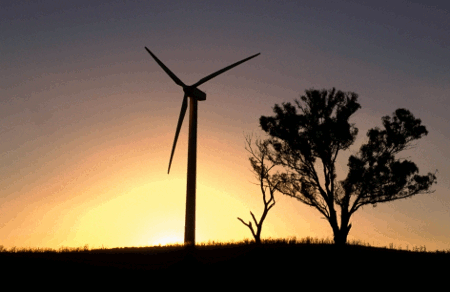
|
Published: 12 September 2011
Is Australia advancing? Have your say
In the run-up to its next ‘ Measures of Australia's Progress’ (MAP) flagship publication, the Australian Bureau of Statistics (ABS) is inviting the public to discuss notions of ‘progress’ through its MAP 2.0 blog and consultation process.

|
|
The nation’s statisticians are exploring ideas of happiness and wellbeing as part of efforts to measure ‘progress’. Credit: MaszaS/istockphoto
|
Past ABS MAP publications have aimed to address the question, 'Is life in Australia getting better?' by presenting a range of key statistical measures within three broad domains – society, the economy and the environment (e.g. threatened species or land clearance trends).
By asking the public about their goals for Australia through the MAP 2.0 process, the ABS hopes that the next MAP will better reflect the things Australians care about in terms of national progress, going beyond the three basic domains used in the past.
High-profile Australian, Dick Smith, is among the recent contributors to the national MAP 2.0 conversation.
In a recent blog post, Mr Smith said he would like to see ‘growth in efficiencies, and saving waste and improving the quality of life’ and ‘our population stabilise at about 24-25 million’.
‘I think we have to plan a new system which is not based on the exponential growth in the use of energy and resources,’ he said in an online video.
The OECD has been one of the main international drivers for the growing interest in measuring societal progress beyond narrow economic measures such as GDP. The ABS has been providing input to the OECD's initiative to measure subjective wellbeing.
ECOS has also been exploring broader concepts of progress, happiness and well-being – in particular, the need for policy makers to look beyond GDP, economic growth and other traditional measures of progress. These ECOS articles include:
To take part in the conversation, go to the ABS's MAP 2.0 blog
Source: ABS



